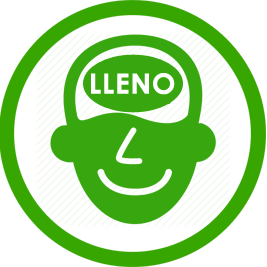The Konjac Plant
The Konjac plant grows in South East Africa and in Asia. In China and Japan, Konjac has been known for 2,000 years as a plant with medicinal properties and health benefits, forming part of their usual diet (Konnyaku or shirataki).
The main component of Konjac is glucomannan, which is extracted in the form of flour from the tuber of the Amorphophallus Konjac plant. It is a soluble fiber with great thickening power and a very low caloric intake. Products derived from konjac are 100% plant-based and do not contain any allergens. In addition to providing no net carbs and no sugar or fat, konjac pasta only has 7kcal per serving, making it a perfect substitute for traditional pasta.
How is konjac paste made?

In the heart of the Chinese mountains, the konjac tree is grown…

…and from its tuber or root,…

…konjac flour is extracted from glucomannan,…

…that mixed with water allows to make konjac pastes
Konjac Glucomannan Benefits

SATIETY

WEIGHT

CHOLESTEROL

DIABETES

INTESTINAL TRANSIT
You have doubts? Check our Frequently Asked Questions section to solve them.